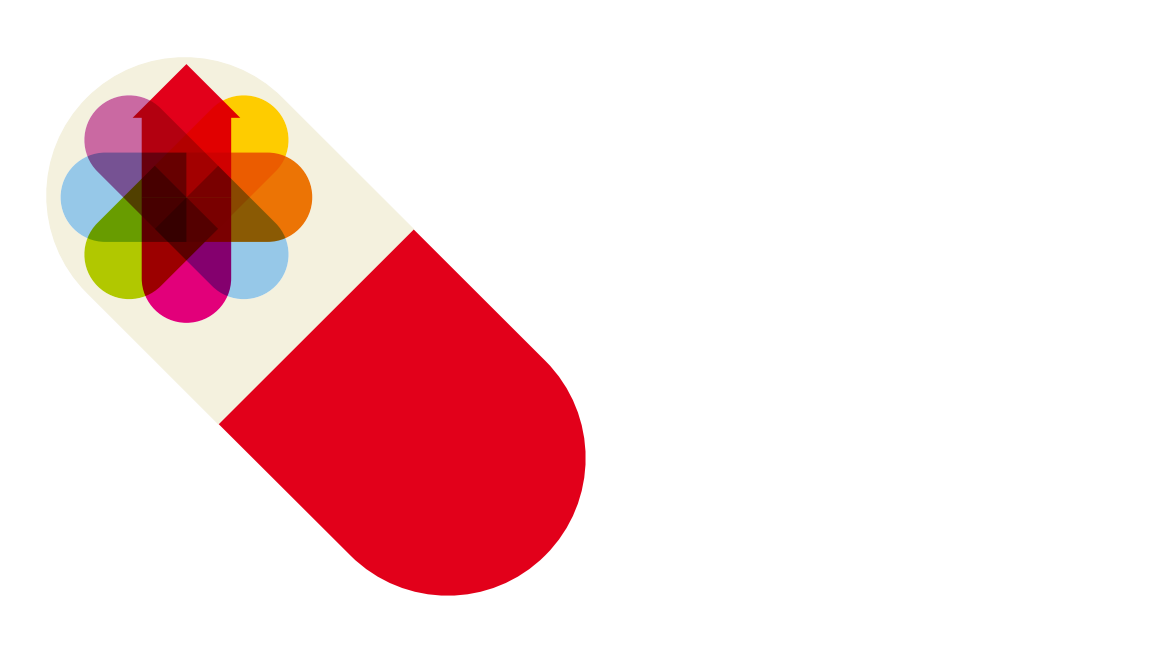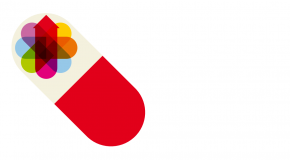Supported by Singapore’s Economic Development Board (EDB), the Economist Intelligence Unit has developed the Asia Competition Barometer with the aim of understanding the changing market dynamics in key sectors and assessing the intensity of competition in them. Drawing upon company-level data on profitability and other indicators, the Barometer quantifies the changing dynamics of competitiveness in Asia for select industries between 2004 and 2009.
Report Summary
This report focuses on the Barometer findings for the pharmaceutical sector. Assessing a universe of over 350 pharmaceutical companies that are publicly listed in eight countries—China, India, Indonesia, Malaysia, the Philippines, Singapore, Thailand and Vietnam—the Barometer examines changing profitability and the competition landscape for the pharmaceutical sector.
Other reports in this series look at the information technology services, precision engineering, transport and logistics, and petrochemicals and chemicals sectors in Asia.
What does the emergence of Asia as a major engine of global economic growth mean for companies operating in the region? Asia’s robust economic outlook—coupled with diminished growth prospects in many other parts of the world—has attracted new investment into the market both from regional players and Western multinationals (MNCs). As a result, competition in the region is expected to intensify. Given the darkening global economic outlook, and the expected impact on some economies and sectors in the region, growth and profitability look uncertain in the near term. But over the medium to longer term, Asia’s strong economic fundamentals will ensure consistent growth across a range of industries. How are companies positioning themselves to capitalise on Asia’s growth opportunities over the next few years?
The Asia Competition Barometer assesses the intensity of competition and changing market dynamics in several key sectors. This report examines the pharmaceutical sector, which includes the manufacture of basic pharmaceutical products and preparations, and the wholesaling of pharmaceutical goods.
Among the key findings of this report are the following:
Asia’s pharmaceutical sector has been expanding rapidly, in line with the region’s strong economic growth and demographic changes. Several broad trends, including rising household incomes, increased government expenditure on healthcare, higher life expectancies, consumer health awareness, and the growing incidence of chronic developed-world diseases associated with changing lifestyles have all boosted demand for pharmaceutical products in the region. According to the Economist Intelligence Unit (EIU), regional pharmaceutical sales have more than doubled from US$97bn in 2001 to US$214.2bn in 2010. By 2016, the EIU expects sales to hit US$386bn, reflecting an annual average growth rate of more than 13%.
The number of players, homegrown and global, is rising. The number and size of publicly-listed firms in the pharmaceutical sector in Asia has increased dramatically. The total number of listed companies in the industry rose by 34% between 2004 and 2009, from 276 firms to 370. Total combined revenues nearly tripled from US$27.4bn to US$73bn during the same period.
Global companies are investing heavily in Asia across sales and marketing, R&D, and manufacturing. Global pharmaceutical firms have been moving into Asia to tap its burgeoning market, and to lower their production costs by shifting capacity from higher-cost countries to the region. Furthermore, while Asia was once viewed as an attractive destination only for simple outsourced production, the region is increasingly seen as a key R&D hub.
Despite a slight increase in market concentration, competition in Asia’s pharmaceutical sector remains fierce. Among publicly-listed Asian firms, the industry’s largest players increased their market share between 2004 and 2009. However, Asia’s pharmaceuticals market remains highly competitive and extremely fragmented, with thousands of smaller manufacturers. The biggest firms have been able to grow their market share partly through fierce price competition, as they enjoy scale efficiencies and lower distribution costs. Rising incomes in the region have also contributed to increased market share as more consumers can afford branded pharmaceuticals and elective treatments. Nevertheless, there will continue to be opportunities for small firms that can provide specific services, such as contract manufacturing or research work for larger companies.
Even though operating revenues almost tripled from 2004 to 2009, profitability has not increased dramatically due partly to increases in material costs and overall wages. For instance, the average cost of employees increased by 50% from US$6,000 to US$9,000 between 2004 and 2009. The 2008 global downturn did have an impact on profitability, but its effects were muted compared to many other industries. This is because products in many segments of the pharmaceutical market are considered necessities, and hence are somewhat recession-proof.
The end of patent protection for some blockbuster drugs is leading to more partnerships between generics manufacturers and big brand pharmaceutical firms. This year (2012) marks the steepest point of the so called patent cliff, when many blockbuster drugs come off patent, and many global pharmaceutical firms are looking to Asia to counter falling revenue streams. They are moving headcount from developed to emerging markets, including Asia, and making strategic acquisitions of generics manufacturers in order to diversify their business.






